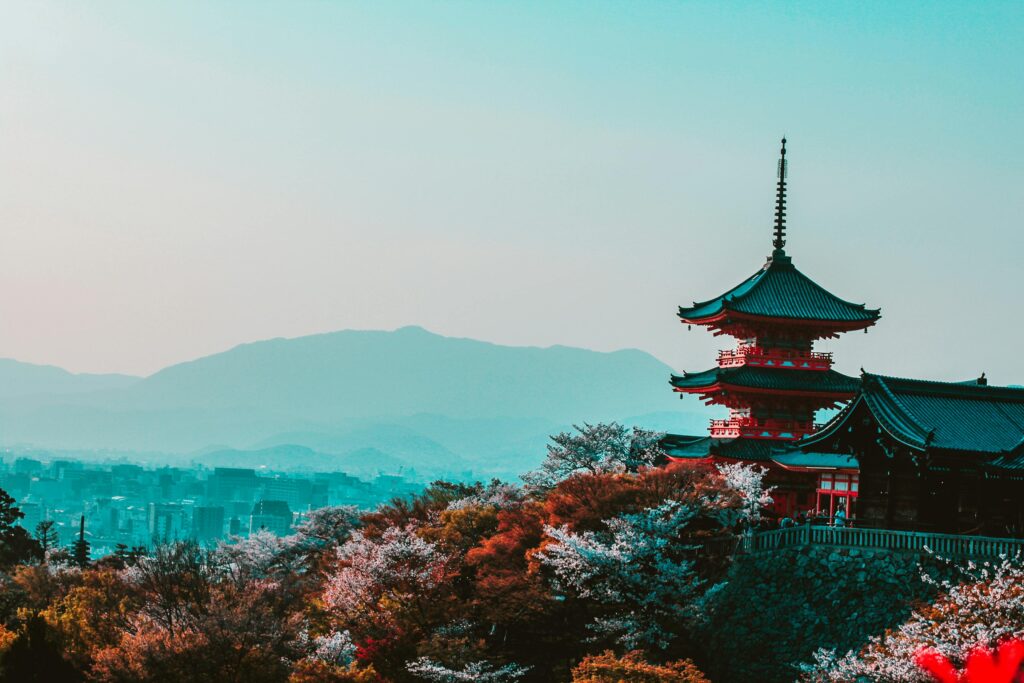
Japan will implement a new preclearance system for international visitors in a major step to handle the growing number of tourists and improve the overall visitor experience. Starting with visitors from Taiwan, this program seeks to expedite immigration procedures and shorten wait times for admission.
Record-Shattering Amount of Visitors
In the first half of 2024 alone, Japan had a record 17.78 million visitors—a phenomenal increase in tourism. This figure shows how popular the nation is becoming as a tourism destination, surpassing pre-pandemic levels by a million. Since March, there have been over 3 million tourist arrivals monthly, which highlights the necessity for effective immigration processes to manage the amount.
Preclearance: A Novel Immigration Strategy
The majority of immigration procedures may be finished by travelers before to departure thanks to the preclearance system, which is scheduled to go into effect in January. This action is anticipated to greatly reduce the amount of time needed for entry processes after arrival, relieving airport traffic and improving the traveler experience.
Tourism’s Contribution to the Economy
Japan’s economy is receiving much-needed support from the surge in tourism, especially in light of the country’s current financial instability and weakening currency. The decline in value of the Japanese yen has made travel there more accessible, drawing more visitors and driving up expenditure. Setting an ambitious goal of ¥8 trillion ($51 billion) in spending by foreign tourists by 2024, Prime Minister Fumio Kishida has highlighted the vital role that tourism plays in the nation’s economic recovery.
Infrastructure and Advancements in Technology
Japan is working to use technology and improve its infrastructure in order to accommodate the increasing number of visitors visiting the country. Prime Minister Kishida has demanded action to enhance transit networks, reduce airport traffic, and efficiently handle well-known tourism attractions. The goal is to attain 60 million people yearly by 2030, and there is also a drive to promote lesser-known local districts, national parks, and sports tourism.
Airline Growth and Fuel Issues
ANA Holdings Inc. is increasing its foreign routes in response to the increased demand, launching additional services to Milan, Stockholm, and Istanbul this winter. More flights to Munich and Paris have already started in anticipation of more passengers arriving before the Olympics in Paris. But the lack of jet fuel at Japan’s airports is making it difficult for international airlines to expand their flight schedule. To solve this problem, efforts are being made to increase fuel output and imports.
Controlling Over tourism
The boom in tourism has positive effects on the economy, but there are drawbacks as well, such over tourism and its effects on nearby towns. Local resistance prompted the installation of barriers in Fujikawaguchiko to control visitor activity and the restriction of entry to specific locations in Kyoto’s Gion district. These actions show how important it is to approach tourism expansion in a way that respects both tourists and locals.
Summary
Japan’s preclearance system is a progressive reaction to its rapidly expanding tourism industry. Japan hopes to manage the issues that come with more tourists while retaining its appeal as a top tourism destination by improving infrastructure and expediting visa procedures. These programs will be essential to guaranteeing that both tourists and residents have a great time as the nation continues to draw millions of tourists.
- Sanal Pillai
References





